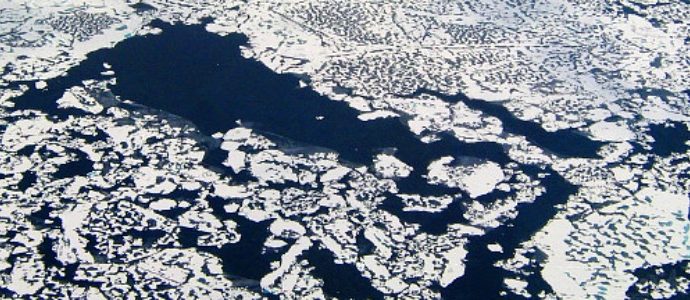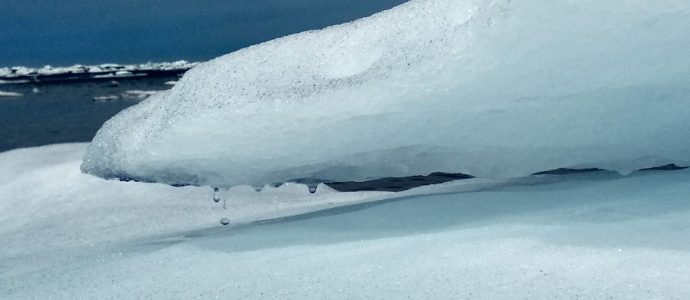Levels of Powerful Greenhouse Gas Methane Increased at a Record Rate Last Year
The concentration of the greenhouse gas methane in the atmosphere rose at a record-breaking rate in 2021, according to the National Oceanic and Atmospheric Administration (NOAA), jumping by 17 parts per billion (ppb) over the course of the year, beating 2020’s precipitous rise of 15.3 ppb. The estimated 640 million tons ofread more

